The onset of the COVID-19 pandemic and resulting lockdowns and restrictions appear to have sparked more than a passing interest in birdwatching, or birding.

And for those looking to get started in the hobby, local experts are sharing advice – and enthusiasm.
While birdwatching may have a reputation for “being kind of snobby,” said Brendon Samuels, “birdwatching can and should be accessible to everyone.”
Samuels is the co-ordinator for Bird Friendly London, a grassroots community group formed in 2021 “that’s all about getting Londoners out to enjoy birds in their habitat.”
He said the uptick in interest in birding that began during the pandemic is maintaining momentum. Bird Friendly London’s Facebook page is now at more than 1,000 members.
Peter Read, 72, a self-described “amateur and professional birdwatcher,” sits on the diversity committee for Ontario Field Ornithologists (OFO), and said everyone is welcome to the hobby, regardless of physical ability, knowledge, gender identity, race, religion or sexual orientation.
“There are some who are stuck in their ways who won’t even speak to anybody who doesn’t know their bluebird from their house wren,” he admitted, “(but) because I was a teacher for so long, I just want everybody to be involved. I want everybody to learn.”
Local birder Susan Nagy, 58, always enjoyed birds but said she began to seriously pursue the hobby in 2019. She noticed an increase in activity on area paths during the pandemic and a resulting increase in birdwatching.
“It’s such a great hobby. It gets you out in nature,” she said, “it’s social, but it’s also something you can do by yourself.”
Birding in London can be particularly rewarding thanks to the natural environment, accessible trails and local groups and organizations.
What to watch for: water-loving birds, birds of prey, migrating birds
“We are a river city,” Samuels explained, “I know we call ourselves a Forest City but we are a city that is defined by the river that courses through us and we have a lot of birds that are uniquely found by water.”
Among those birds? The Great Blue Heron, “a really popular bird that you can see all over the place in London.”
Osprey are another species to watch for that nests in London.
“It had not nested in this area until pretty well the last 15 years and now there’s about eight nests in the area right in the city,” Read said, including one at Labatt Park.

Get daily National news
There has also been a “remarkable comeback” for bald eagles after their populations plummeted largely due to the use of the pesticide DDT, Read said. Now, there are a handful of nests in the region and he’s even seen eagles at Springbank Park.
This time of year is abundant for birding as many migrating birds pass through as they make their way to Canada’s boreal forest to breed.
“London’s on a migration path so all these beautiful, different-coloured spring warblers come through here,” said Nagy.
The migration season can start as early as February with species that nest with snow all around them, like horned larks, Read explained, but the “little jewels of the woods” — the neotropic migrants, including warblers, orioles and scarlet tanagers — are still to come as they travel farther distances.
“People should be getting out between now and the end of May,” Read said.
London is also home to a threatened species at risk, the chimney swift.
“Their name actually comes from the knack of the species to spend most of its life either flying or inside of chimneys on buildings,” said Samuels.
“Unfortunately, we are now kind of replacing a lot of those chimneys or heating our buildings differently and so these birds, their numbers have declined in part because there’s just less habitat for them.”
Where to look: along water, in the woods… on downtown buildings?
“We’re so fortunate to have a lot of parks along the river,” said Read.
Springbank Park, Greenway Park and Kilally Meadows were all mentioned as great spots along the river for birdwatching.
Read said Westminster Ponds/Pond Mills Conservation Area, as a wetland with lots of trails, is “probably the favourite birding spot in the area.” Nagy said loons have recently been spotted there.
Both Nagy and Read said they couldn’t forget about Fanshawe Conservation Area, which also offers both water and trails.
Some impressive birds can even be found in the more urban landscapes, with peregrine falcons actually nesting on one of the ledges of the City Centre towers at the corner of King and Wellington streets.
“They nest there pretty well every year,” Read said, “so people can see them flying around, catching pigeons and so on.”
How to get started: from backyard birdwatching to organized trips
Samuels said getting started can be as simple as “just going outside and paying attention.”
In addition to Bird Friendly London, Nagy pointed to Nature London and the OFO, which Nagy sits on the board for, as other helpful resources.
OFO sounds “like you’d have to be an ornithologist” to take part, Read joked, “but I think it’s just a fancy name because it ranges from kids to seniors.”
Read also noted that London’s park system has a lot of paved trails and Bird Friendly London has a map on its website that highlights accessible locations.
Technology has made it easier than ever to access up-to-date information about birds in the area, with the online database eBird being a popular choice.
“For instance, if you wanted to find an osprey in London,” Read explained, “you could go to eBird, you could do a bird species search for London, Ontario, for osprey, and it will pinpoint the exact locations where people have been seeing them.”
Samuels also enjoys Merlin, which lets you record birdsong and “will automatically identify what species you’re hearing.” Nagy said Merlin will even allow you to just describe what you’re seeing and based on the information you provide and your location it will provide a few choices of what that bird may be.
Birdwatching can also be incredibly social, with many groups organizing excursions.
OFO offers “an enormous number of field trips,” Read said, as well as webinars. Nature London offers birdwatching hikes, including those specifically for beginners.
Meetings can also be impromptu or informal.
“If you go down to Point Pelee in migration, there’s hundreds of birders out there,” Nagy said.
“You’re all standing at the tip of Point Pelee at 6:30 in the morning waiting for something exciting to happen and you’re chit-chatting away. It’s a lot of fun.”
While completing her Big Year in 2022, which saw Nagy and her friend Diane Weiler each surpass their goal of finding 300 birds in Ontario, the two would pass out business cards to birders identifying themselves as the Beak Seekers and asking birders to call them if they saw anything rare.
“We met a lot of people all over Ontario,” she said. “Birders are happy to share.”

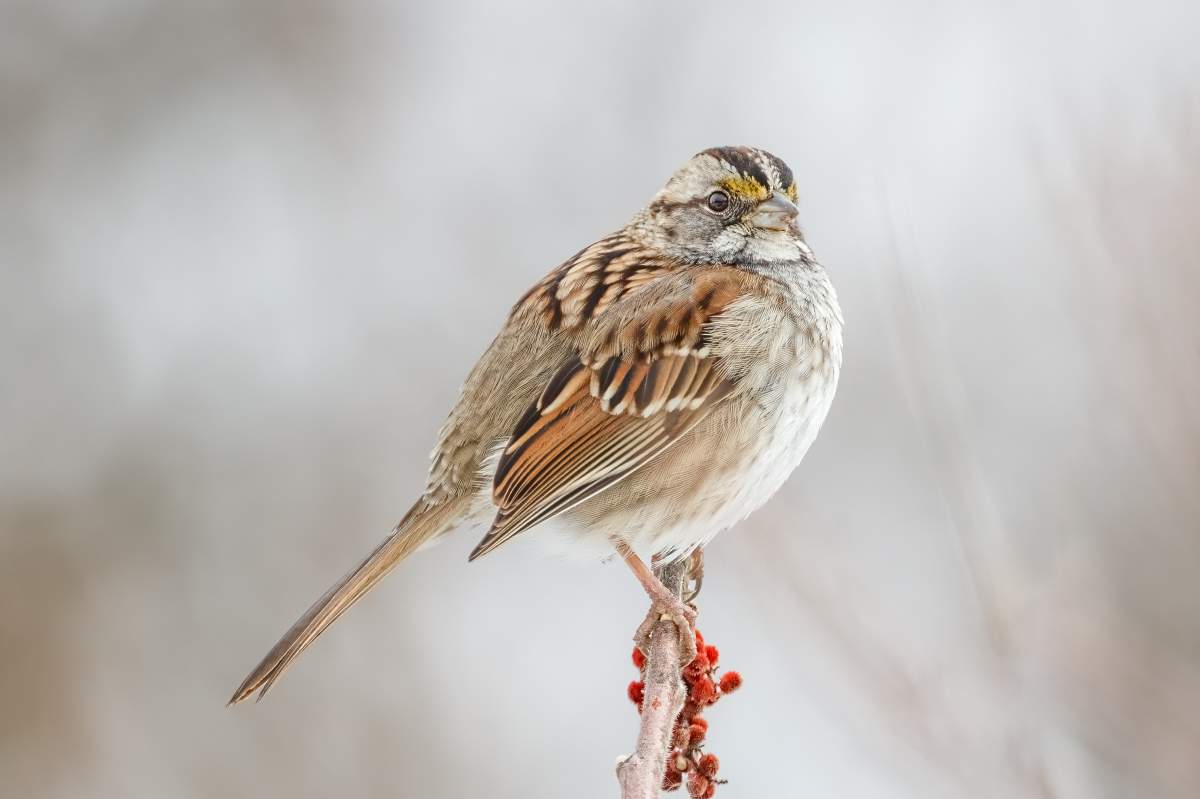
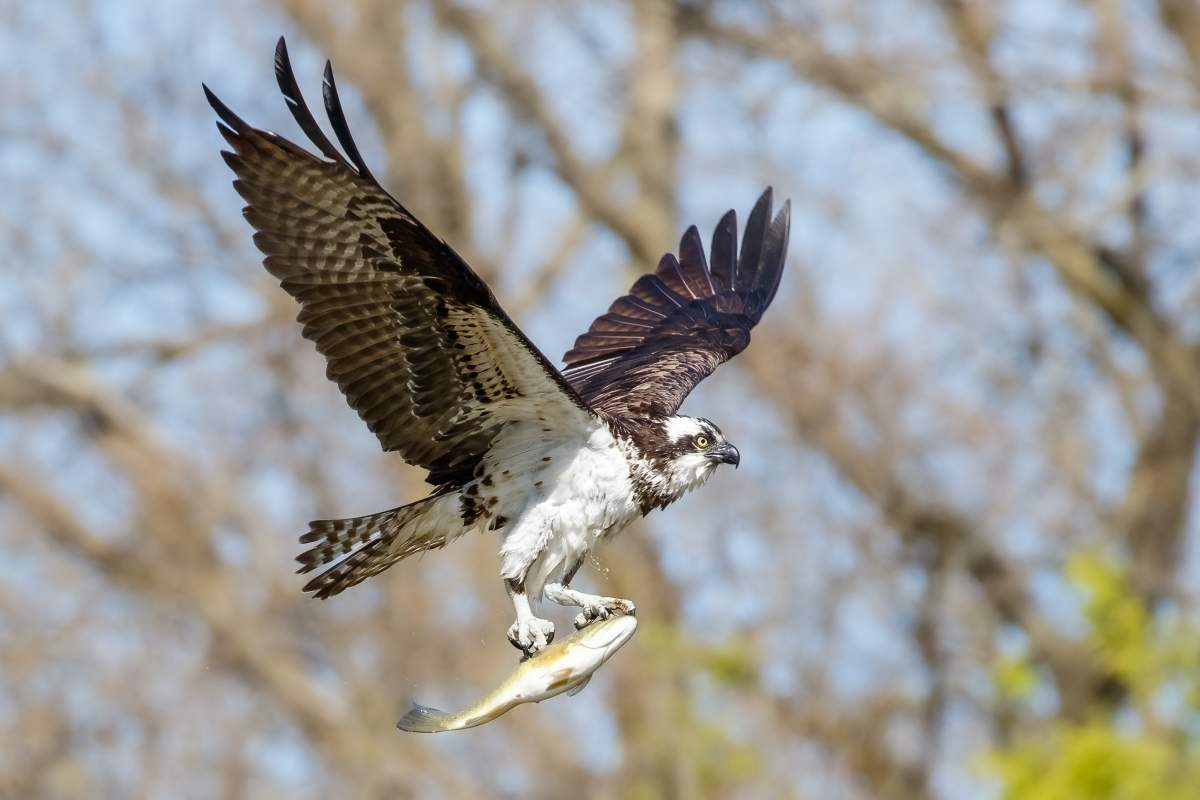
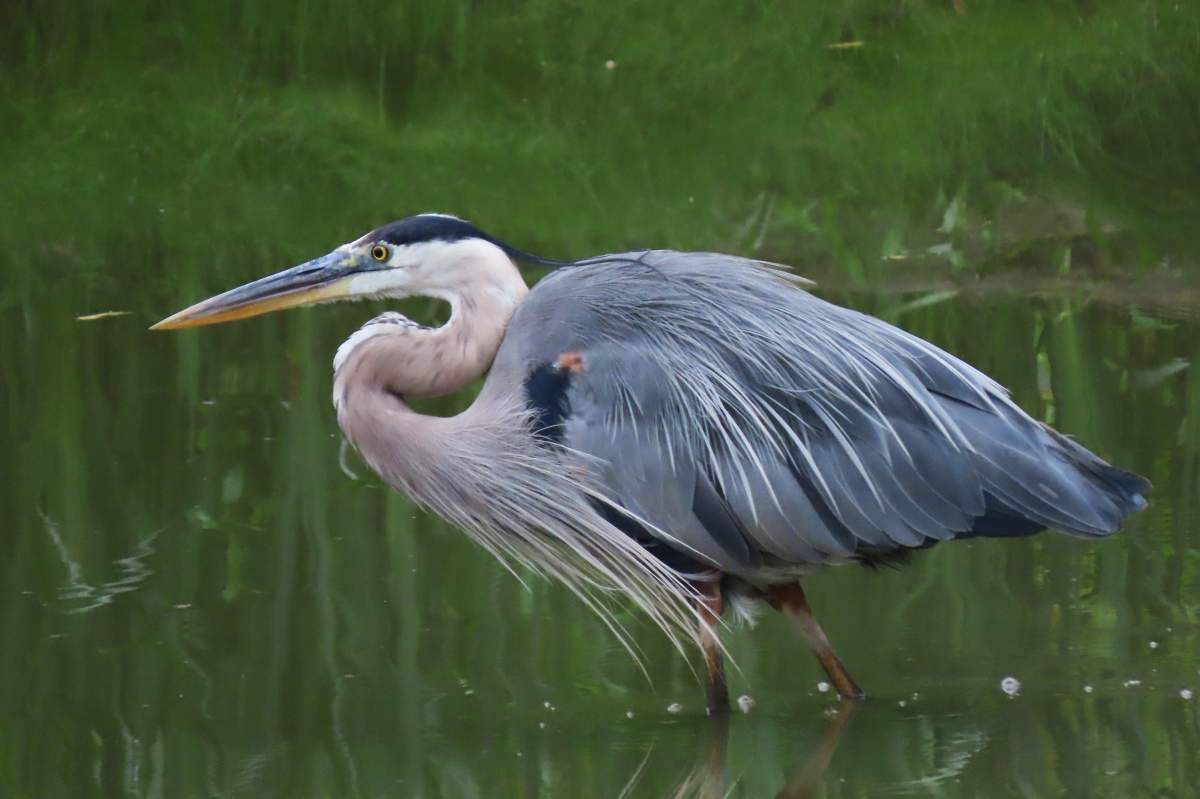
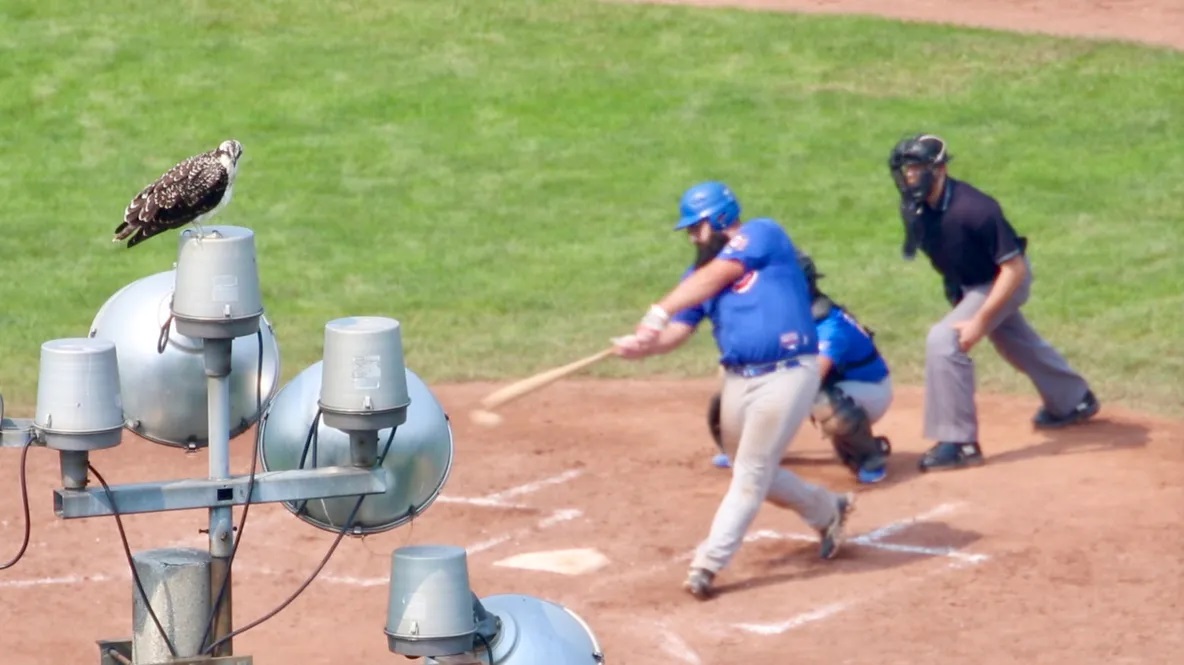
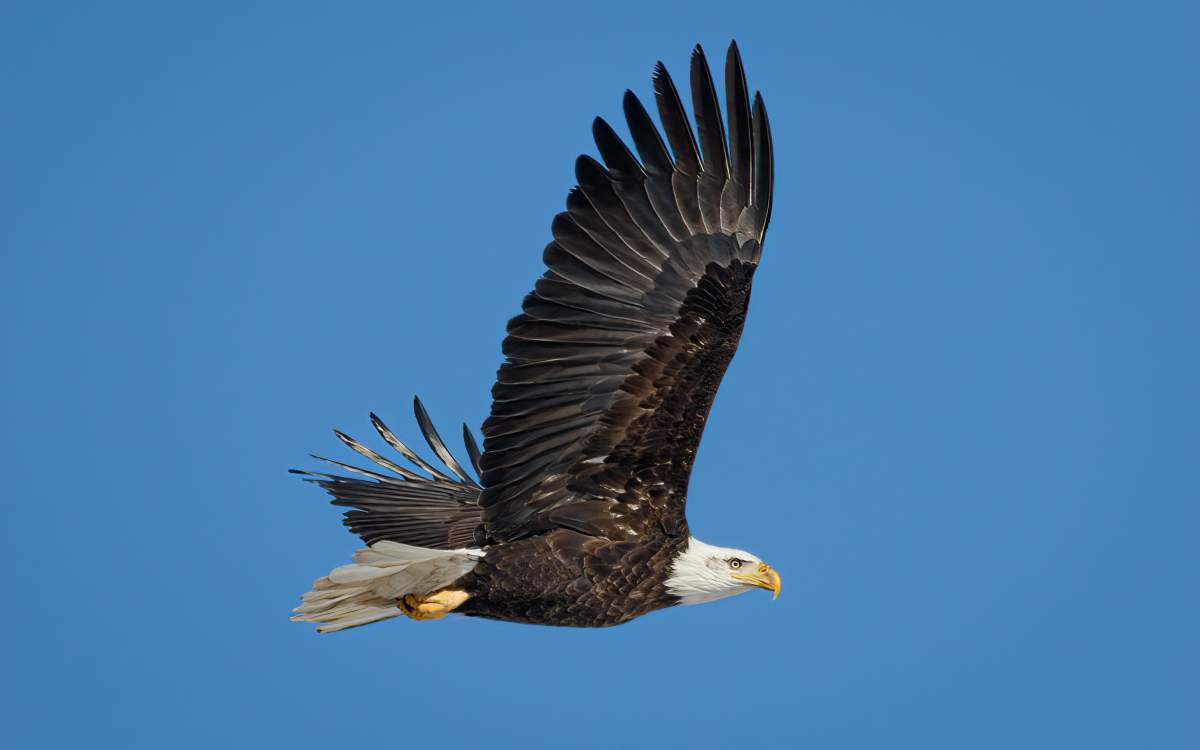
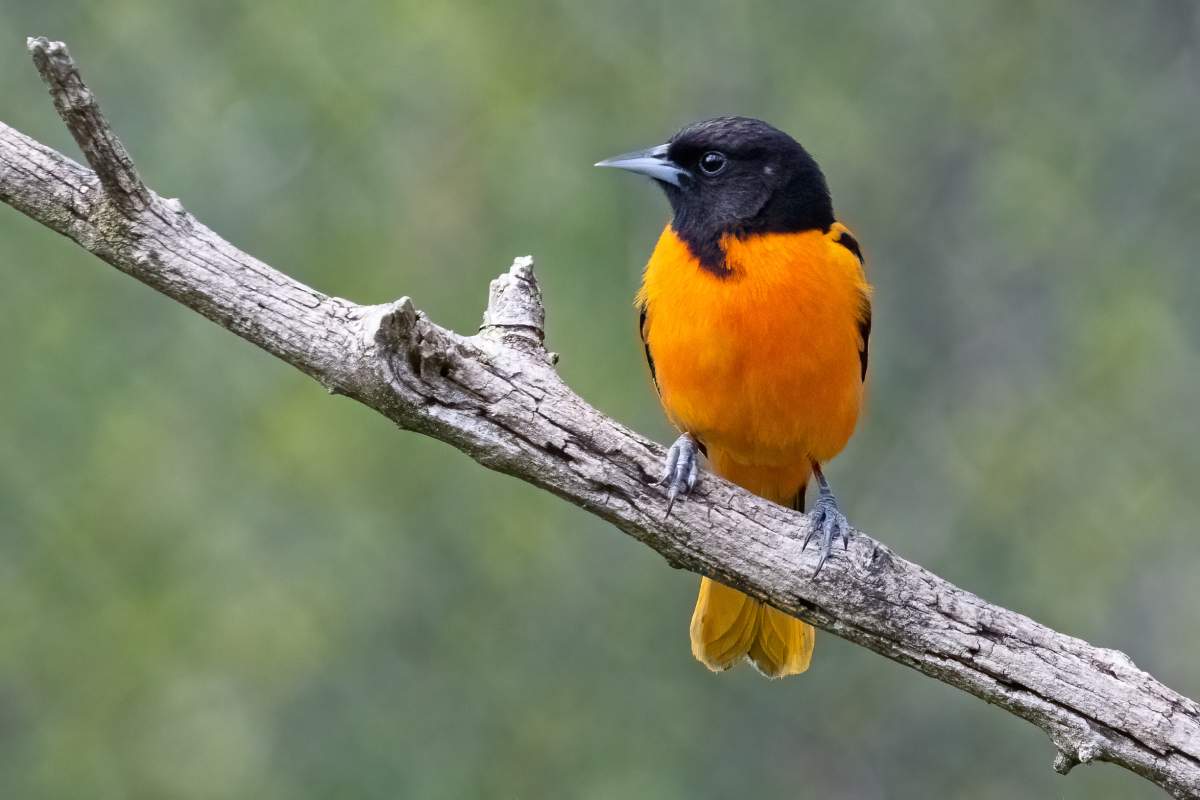
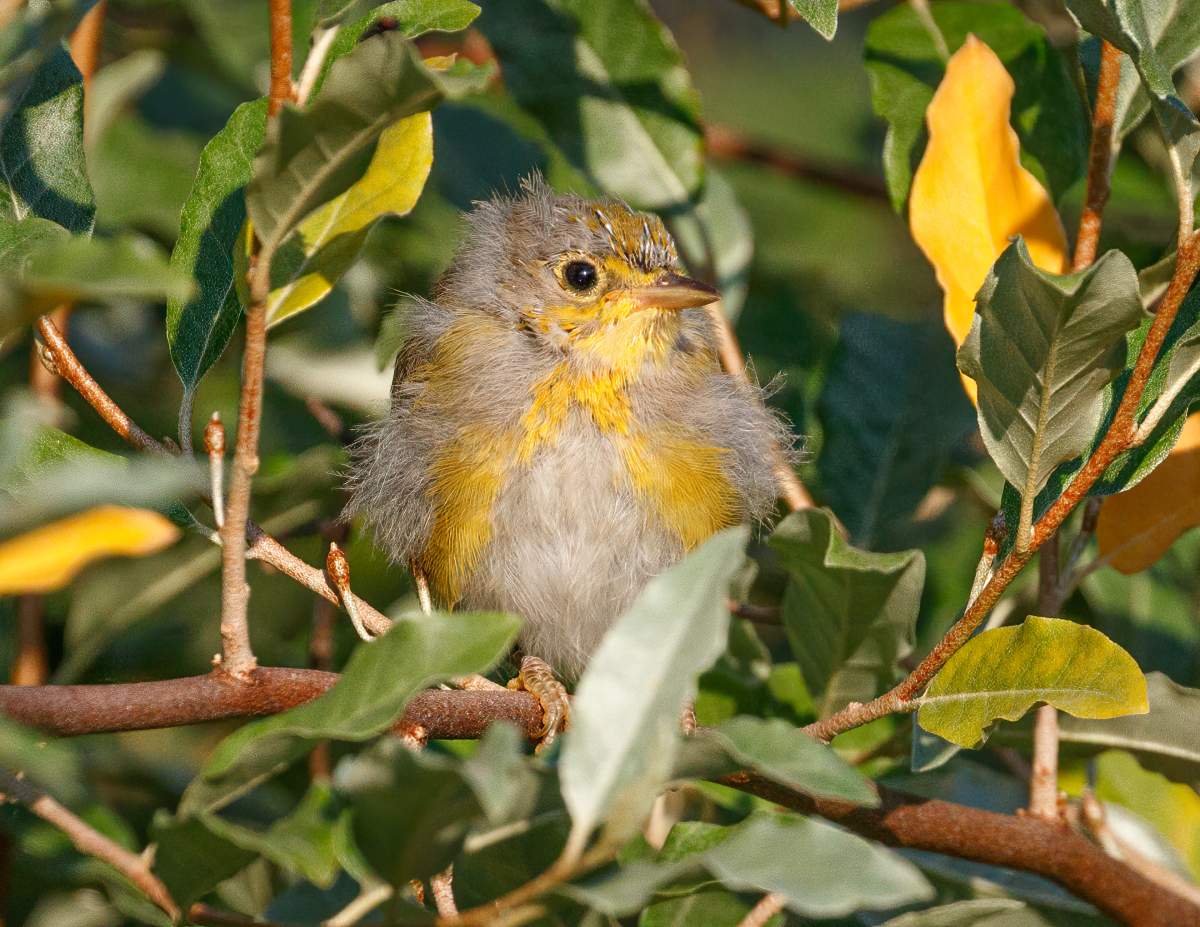


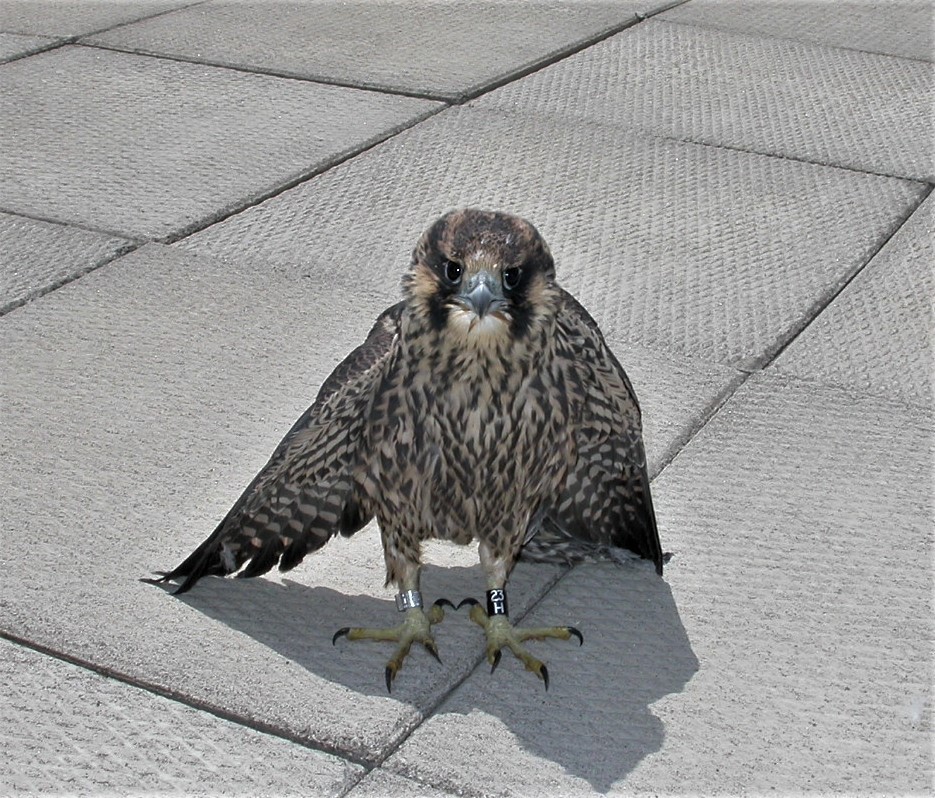

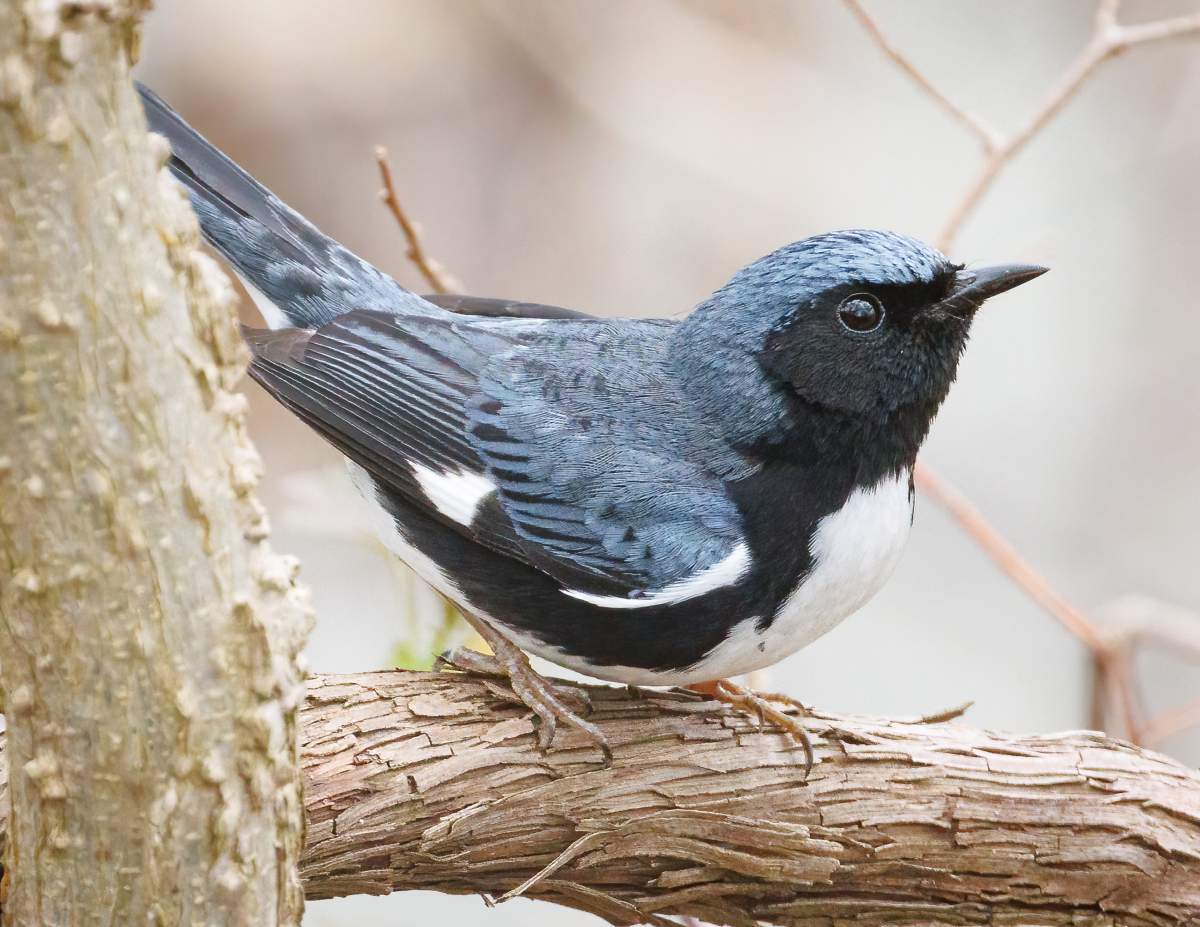




Comments